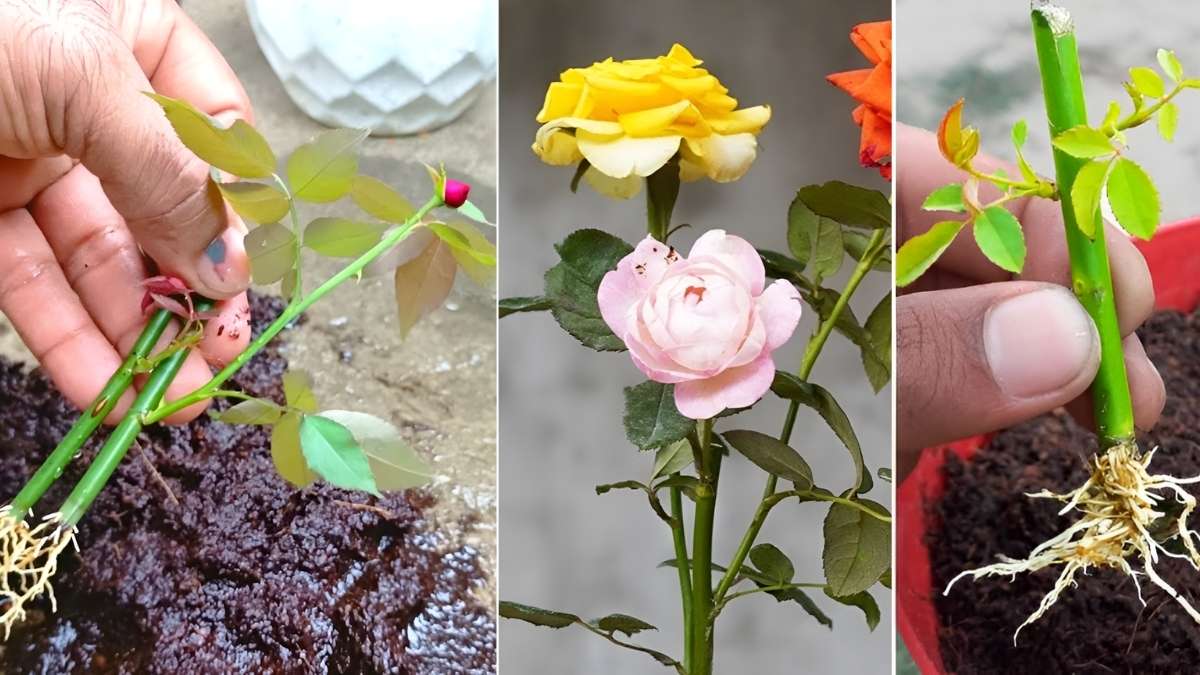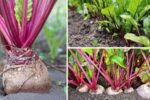Growing flowers at home can be an incredibly rewarding experience. Not only do flowers add beauty to your living space, but they also help improve the air quality and brighten up your surroundings. While most people think that growing flowers requires seeds, there are actually several methods to grow flowers without them. This article will guide you through some of the most effective and simple techniques to grow flower plants at home without using seeds.
Propagation Through Cuttings
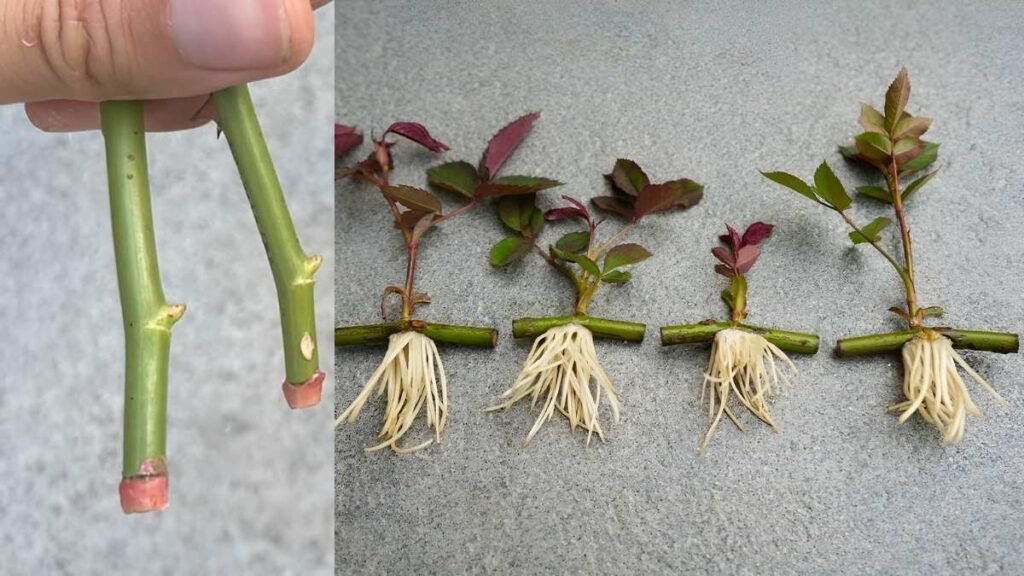
One of the easiest and most popular methods of growing flowers without seeds is by propagating plants through cuttings. Many plants can be grown from a small part of the original plant, which can be rooted and then planted into a new pot or garden.
How It Works:
Cuttings are pieces of stems or leaves from the mother plant that are capable of growing into new plants. For flowers like roses, geraniums, or begonias, you can cut a healthy piece of the plant just below a node (the part where leaves or branches are attached). The cutting is then placed in water or soil, where it will eventually root and begin to grow.
Steps for Propagating Cuttings:
- Select a healthy plant and choose a healthy stem or leaf.
- Cut the piece with a clean, sharp knife or scissors.
- Remove any excess leaves from the lower part of the cutting.
- Place the cutting in water or soil.
- Keep the cutting in a warm, bright location, but out of direct sunlight.
- After a few weeks, you should notice roots forming. Once established, transplant the cutting into a larger pot or garden.
Growing Flowers From Bulbs
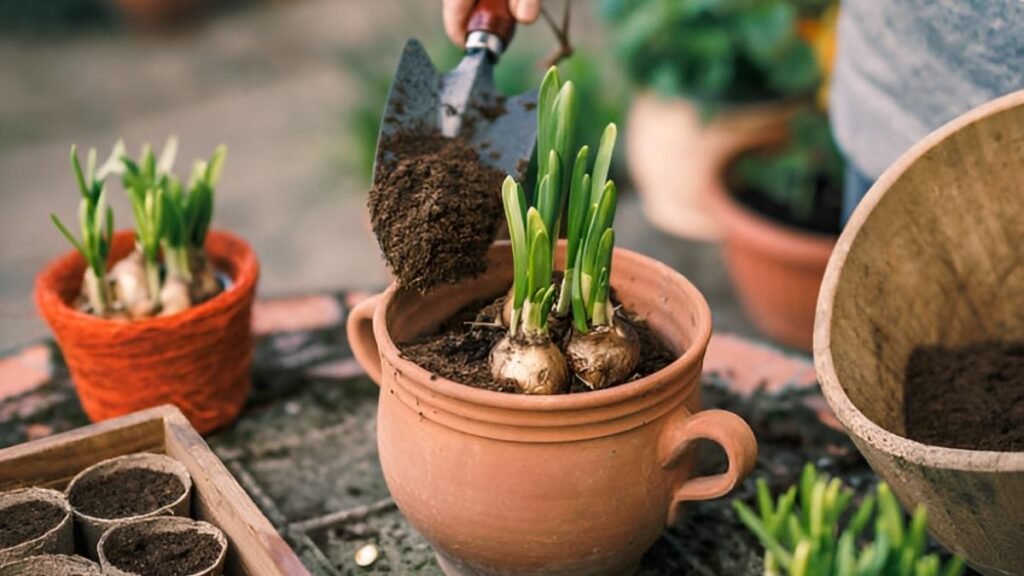
Bulbs are another fantastic way to grow flowers at home without using seeds. Bulb plants such as tulips, lilies, daffodils, and hyacinths can be easily grown indoors or outdoors. These plants store all the nutrients they need to grow within the bulb, making them incredibly easy to plant and care for.
How It Works:
The bulb contains everything the plant needs to sprout, grow, and bloom. When planted in the soil, the bulb will begin to grow roots, sprout a stem, and eventually produce beautiful flowers. Unlike seeds, bulbs do not require special conditions for germination and can be planted directly into the soil or pots.
Steps for Planting Bulbs:
- Choose a bulb variety that suits your home or garden.
- Plant the bulb in well-drained soil, ensuring that the pointed end is facing upward.
- Water the bulb lightly after planting and keep the soil moist.
- Place the pot in a sunny spot and wait for the flowers to bloom.
- For best results, follow the specific planting depth and spacing recommended for the type of bulb you choose.
Division of Established Plants
Another easy method for growing flowers without seeds is by dividing established plants. Many flowering plants, like daylilies, hostas, and chrysanthemums, can be divided into smaller sections. Each section can then grow into a new plant.
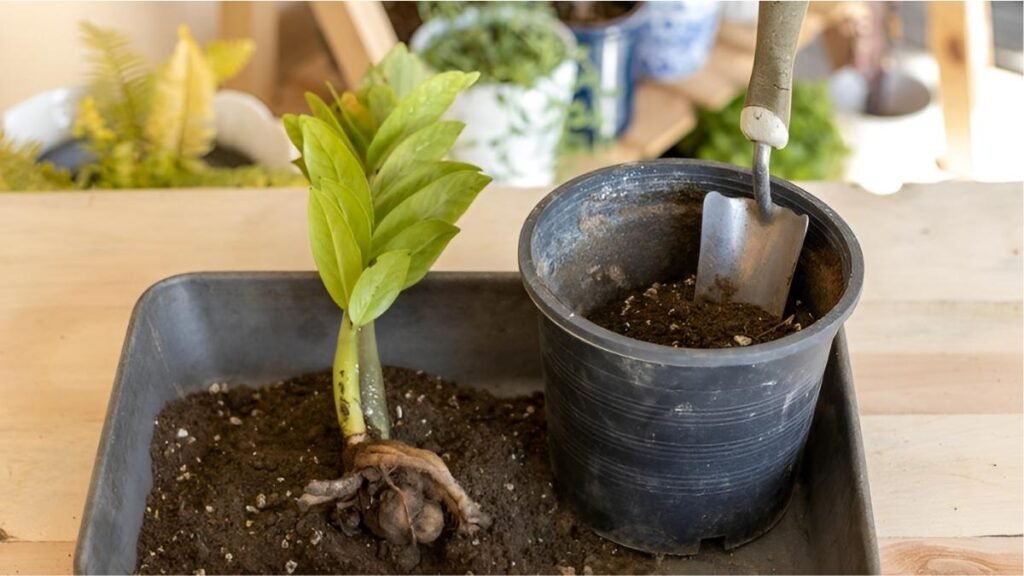
How It Works:
The plant’s root system can be carefully separated into smaller parts, each containing enough roots and shoots to grow into a new plant. This method is particularly useful for perennials, which grow year after year.
Steps for Dividing Plants:
- Wait for the plant to become established and large enough to divide.
- Use a shovel or garden fork to lift the entire plant out of the soil.
- Gently separate the root system into smaller sections.
- Replant each section in a new location, ensuring the roots are covered with soil.
- Water the newly planted sections and continue to care for them as you would the original plant.
Growing Flowers From Offsets
Some flowering plants, like succulents and certain varieties of lilies, produce small plantlets known as offsets. These can be removed from the parent plant and used to start new plants.
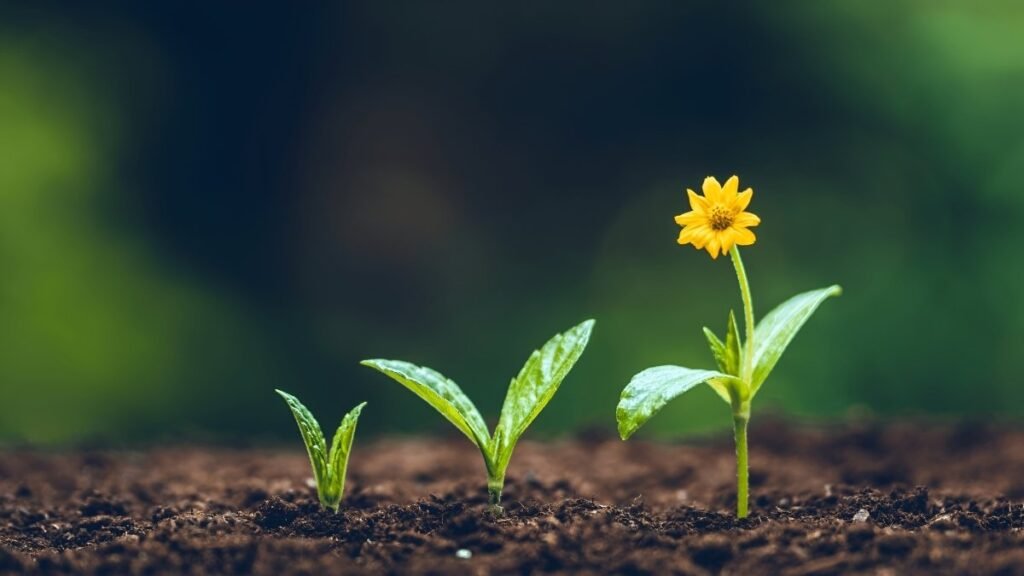
How It Works:
Offsets are small shoots that emerge from the base of the main plant. These shoots develop their own roots and, with a little care, can be grown into fully established plants. It’s a straightforward way to grow flowers without seeds, and it works best with plants that naturally produce offsets.
Steps for Growing Flowers from Offsets:
- Wait for the offset to grow large enough to be separated from the parent plant.
- Gently remove the offset using your hands or a sharp knife.
- Replant the offset into a pot filled with well-draining soil.
- Water the new plant and place it in a bright location, but avoid direct sunlight until it establishes roots.
Growing Flowers Using Tissue Culture
Tissue culture is a more advanced but highly effective method of growing flowers without seeds. It involves growing new plants from a small sample of plant tissue, often a cell or small piece of leaf, in a nutrient-rich solution under controlled conditions.
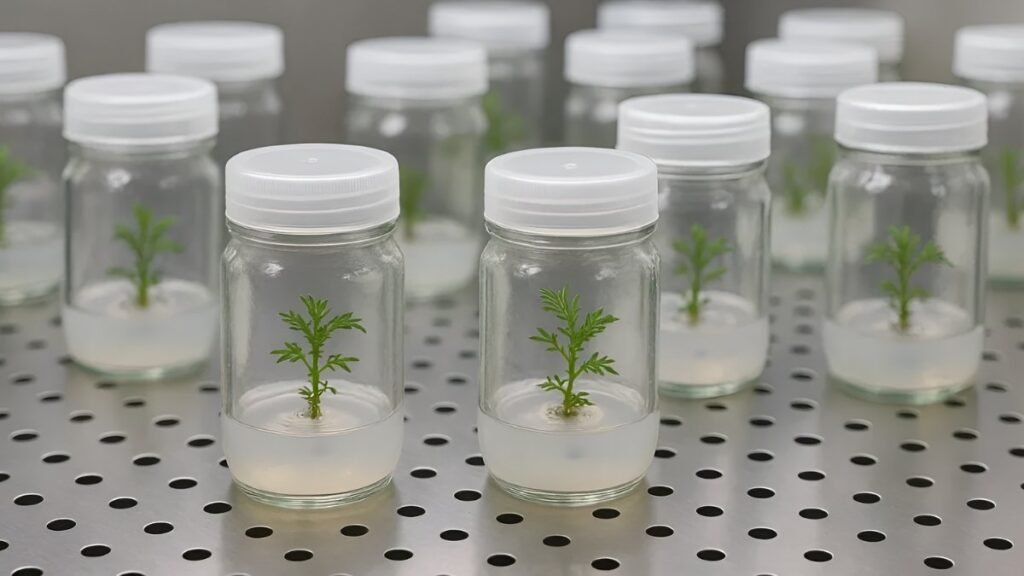
How It Works:
Plant tissue culture works by isolating a tiny part of a plant’s tissue, which can then be grown into a full-sized plant in a laboratory or controlled environment. This method is commonly used for commercial flower production but can be replicated at home with the right equipment.
Steps for Tissue Culture:
- Collect a small tissue sample from a healthy plant, such as a leaf or stem.
- Sterilize the sample to prevent contamination.
- Place the sample in a nutrient-rich medium under controlled light and temperature conditions.
- Wait for the tissue to grow roots and shoots, then transplant it into soil once it is large enough.
Using Root Cuttings
Root cuttings are another method that requires no seeds but still allows you to grow flower plants at home. This method is typically used for plants like mint, blackberries, and some types of chrysanthemums.
How It Works:
Root cuttings involve taking a portion of the root system from an established plant and planting it in soil. The cutting will then sprout and grow into a new plant, similar to how the original plant would grow.
Steps for Root Cuttings:
- Dig up a healthy plant and select a healthy root to cut.
- Cut the root into smaller sections, each containing at least one growth bud.
- Plant the root sections in a container or directly in the soil.
- Water and care for the plant as it begins to grow.
Conclusion
Growing flowers at home without seeds is a fantastic way to enjoy beautiful blooms in your space. Whether through cuttings, bulbs, division, or offsets, there are many ways to propagate plants and create new flower specimens without needing to start from scratch with seeds. With a little patience and care, you can cultivate a vibrant, colorful garden or indoor plant collection that will brighten your home and bring nature right to your doorstep.

